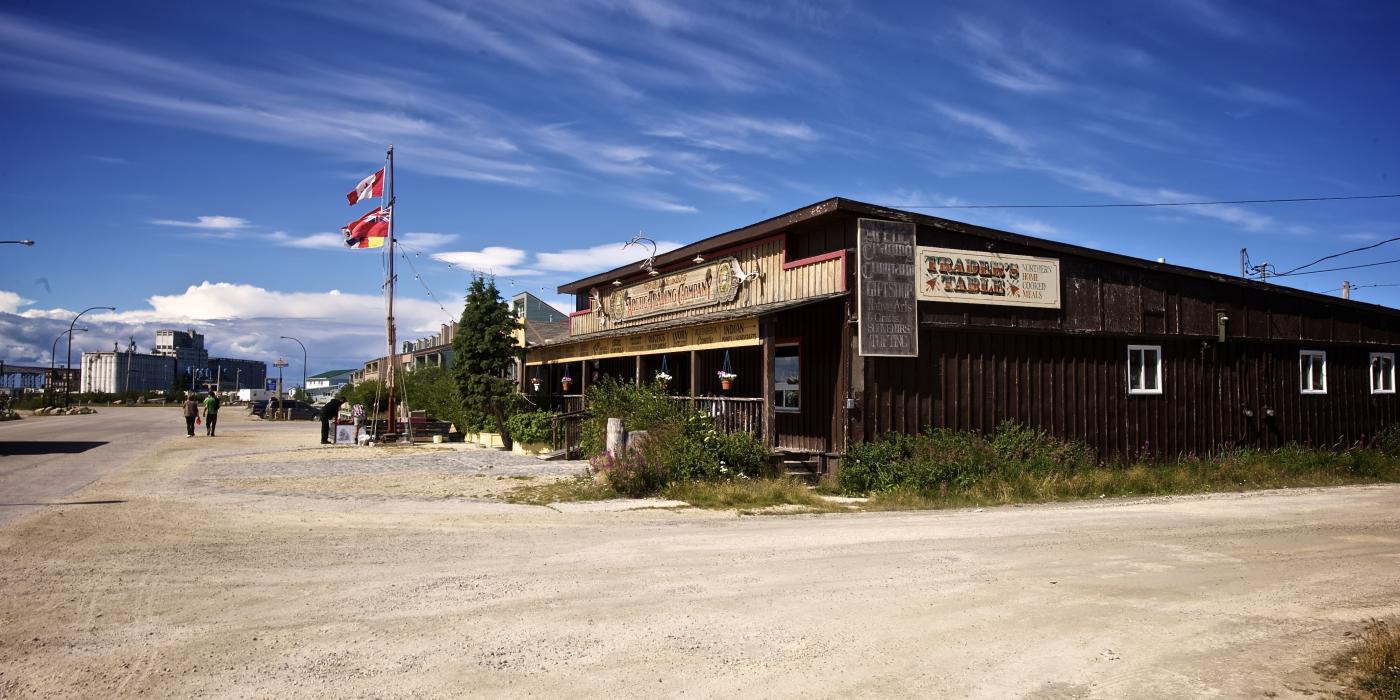- Things To Do
- Events
- Food & Drink
-
Places To Go
- Winnipeg
- Churchill
- Eastern Region
- Central Region
- Interlake Region
- Parkland Region
- Western Region
- Manitoba North
- Must-See Destinations
-
Itineraries
- Island Getaway on the Prairies
- Wheat City Wanderings in Brandon
- Escape to the water and the wild
- St. Boniface Winter: Passion and History
- Follow the path to a story in Neepawa
- Unleash your inner Viking this winter
- Explore Clear Lake this winter like never before
- Breathe in the Whiteshell this winter
- Go North for a boreal forest escape
- Treaty Areas
- Where To Stay
- Trip Essentials
- #ExploreMB Blog
Navigation Options
- FREN
- Things To Do
- Events
- Food & Drink
-
Places To Go
- Winnipeg
- Churchill
- Eastern Region
- Central Region
- Interlake Region
- Parkland Region
- Western Region
- Manitoba North
- Must-See Destinations
-
Itineraries
- Island Getaway on the Prairies
- Wheat City Wanderings in Brandon
- Escape to the water and the wild
- St. Boniface Winter: Passion and History
- Follow the path to a story in Neepawa
- Unleash your inner Viking this winter
- Explore Clear Lake this winter like never before
- Breathe in the Whiteshell this winter
- Go North for a boreal forest escape
- Treaty Areas
- Where To Stay
- Trip Essentials
- #ExploreMB Blog
Living on the edge in the Town of Churchill
Posted November 01, 2016 | Author Alexis McEwen
Life on the edge on the Arctic is just a little bit different. Churchill is Manitoba’s northernmost community, located where the boreal forest meets the tundra, on the shores of Hudson Bay. Every year, visitors who come here to see the wildlife end up falling in love with this place which has adapted to life as the “Polar Bear Capital of the World”.

Living with polar bears

The location where the Churchill River flows into the Hudson Bay is a lovely place for a town, but it’s also the place where polar bears gather to wait for the freezing of the Bay — their winter habitat. Despite the fact that the town was built in the middle of the polar bear’s natural migration path, Churchill has figured out how to ensure that people and bears coexist together. Manitoba Conservation operates the Polar Bear Alert program, which protects both people and bears. Locals know to be constantly aware of the possible presence of polar bears. Car doors are never locked in case a passerby needs immediate protection from a polar bear and polar bear costumes are strictly prohibited for treat-or-treaters during Halloween. And there are reminders everywhere for visitors that they’re in polar bear country, including posters, signage and the “voluntary” curfew siren that sounds every night at 10 pm.
If a bear does approach or enter the town, the Polar Bear Alert team will attempt to move the bear out of the area, usually using their vehicle or a loud noise to scare it. Problem bears are removed to the holding facility, the “polar bear jail”. And when their “sentence” is up, bears are relocated by helicopter out of the area.

Garbage and bears are a bad mix, which is why the town closed the dump in 2005. And although other means of garbage disposal were attempted (the incinerator proved to be less than ideal as they couldn’t get it hot enough to remove the odors from the smoke — basically emitting a smelly smoke signal for the bears), now, waste is stored in an old warehouse — once referred to as the “Alcatraz of garbage”.

There are no roads that go to Churchill — the town can only be reached by air or train (or dogsled, if you’re well prepared to make that voyage). Goods arrive by freight train, which unfortunately saw a cut in service recently to one train a week. Cars and trucks, which are transported by train from Thompson for about $500, share the roads with snowmobiles and quads. There is one main paved road that connects the town with the airport, which often heaves thanks to the permafrost it’s built on. In all, there are 13 residential streets, but the locals don’t refer to places by their street names. Instead, locals tend to use points of reference, like “across from Neil’s place”.

The Town Complex houses the community’s school, health centre, library, indoor playground, swimming pool, hockey rink, curling rink, theatre, gymnasium and fitness centre — a one-stop shop, especially handy during the winter months. The bank, liquor store and post office are all located in the same building — a popular spot for tourists looking to get the “Polar Bear Capital of the World” stamp in their passport. Down the town’s main drag, Kelsey Blvd, you’ll find restaurants along with shops selling Churchill souvenirs, as well as stores offering more practical purchases, like cereal and snowmobiles.

The “other side of the tracks” is outside the town limits and the area is known as the Churchill Flats, or simply the Flats. There are some permanent residents here, but for many Churchillians this is the location of their summer homes. There are no municipal services here, but residents do pay a service fee for garbage collection, since we already know bears and garbage aren’t a good mix.
Living with a rich history
Churchill’s human history is goes back 4,000 years, with the Inuit, the Dene, and the Swampy Cree all having a connection to this land and the wildlife that sustained them. Many people of the area carry on their family’s traditions, hunting and trapping to fill their freezers with fish, moose and caribou.
The area’s Indigenous history is well recorded in the carvings found at the Itsanitaq Museum, formerly called the Eskimo Museum. Meaning “things from the past”, the Itsanitaq Museum has a collection of 1,100 pieces, including both art and artifacts. This eclectic treasure chest of items expresses the traditional world view of the Inuit, including themes of sharing, reincarnation and the belief in a moral order (and our love of hockey).

The first European to the area was Jens Munck, a Danish sailor and his crew that arrived in 1620. Bad weather forced the crew to overwinter here, and unfortunately all but three perished to scurvy. These men are commemorated by cairn on the shore of Hudson Bay.

In 1731, the Hudson Bay Company built a fort to protect its stake in the booming fur trade. Fort Prince of Wales National Historic Site still stands today, despite the fact the French sacked the fort in 1782, after a peaceful surrender by the fort governor Samuel Hearne and his crew. The fort is accessible by boat during the summer, or by helicopter, snow machine or tundra vehicle once the river is frozen. Cape Merry, the cannon battery, is located across the river and built to protect the fort. It is accessible throughout the year. The fort was later rebuilt 8 km upriver and as time went on, the area evolved into the town.

The current town of Churchill as we know it now was incorporated in 1933, four years after the last spike of the northern railway was hammered in and two years after the Churchill port was opened. The town decided to move across the river from its site near the old fort to be on the same side of the river as the port. After the establishment of a military base nearby, the population of the area reached as high as 5,500 people. The base was used for training as well as arctic research and testing during the 40s, 50s and 60s. There are many remnants of this military history — some are major like the birth of the Churchill Northern Studies Centre which is carrying on the legacy of arctic research — while some are small, like an abandoned playground or the flooring of the Tundra Inn’s lobby, reclaimed from the military base’s bowling alley.

Today, this town of about 800 people proudly welcomes visitors from around the world to experience its incredible wilderness: polar bears, beluga whales, northern lights, and its windswept landscape — foreign to most visitors, but welcoming to all, including those who love living on the edge in Churchill.

About The Author
I'm Alexis, Communications Manager for Travel Manitoba. I write about all kinds of awesome things that happen in Manitoba. And when I'm not writing about awesome things, I do my best to get out and experience them with my husband and two young sons.
Communications Manager
